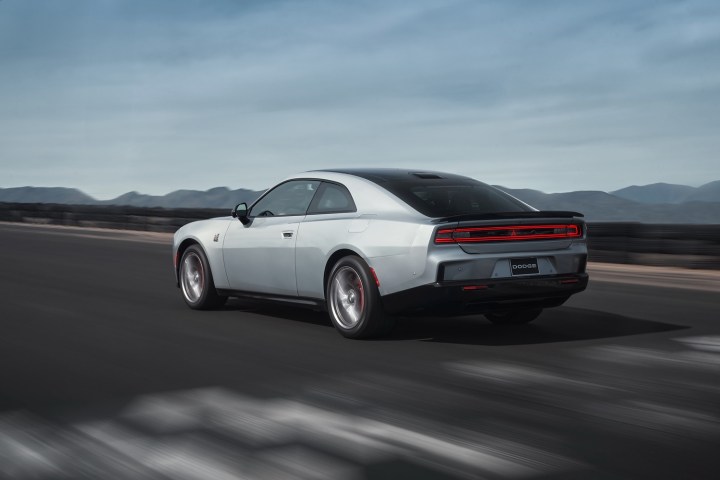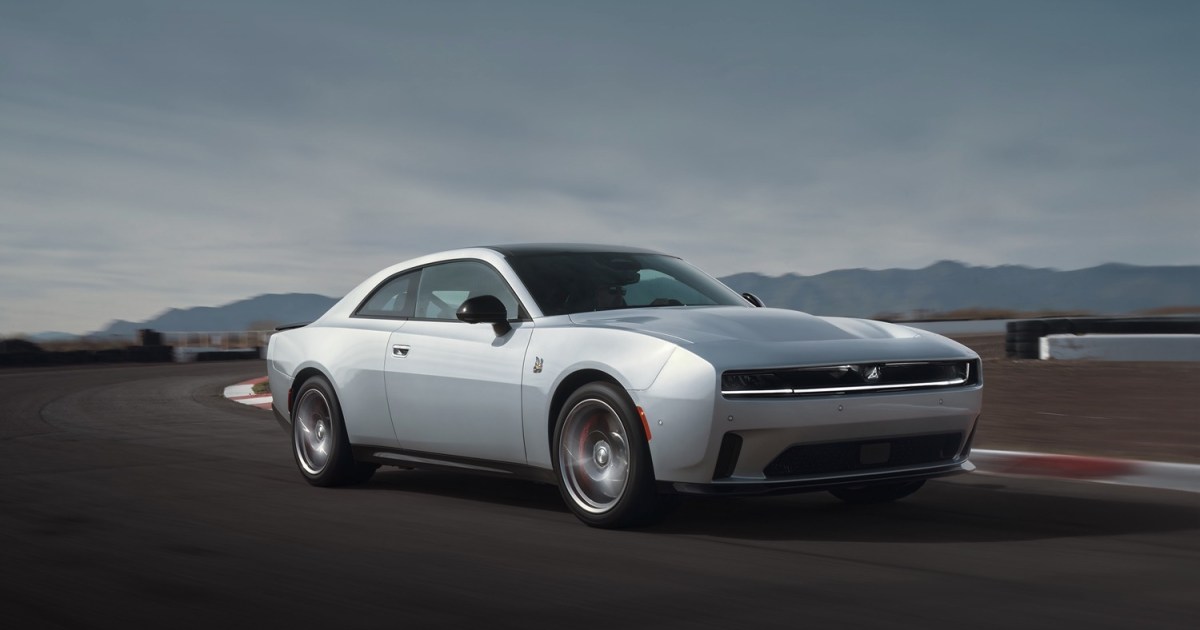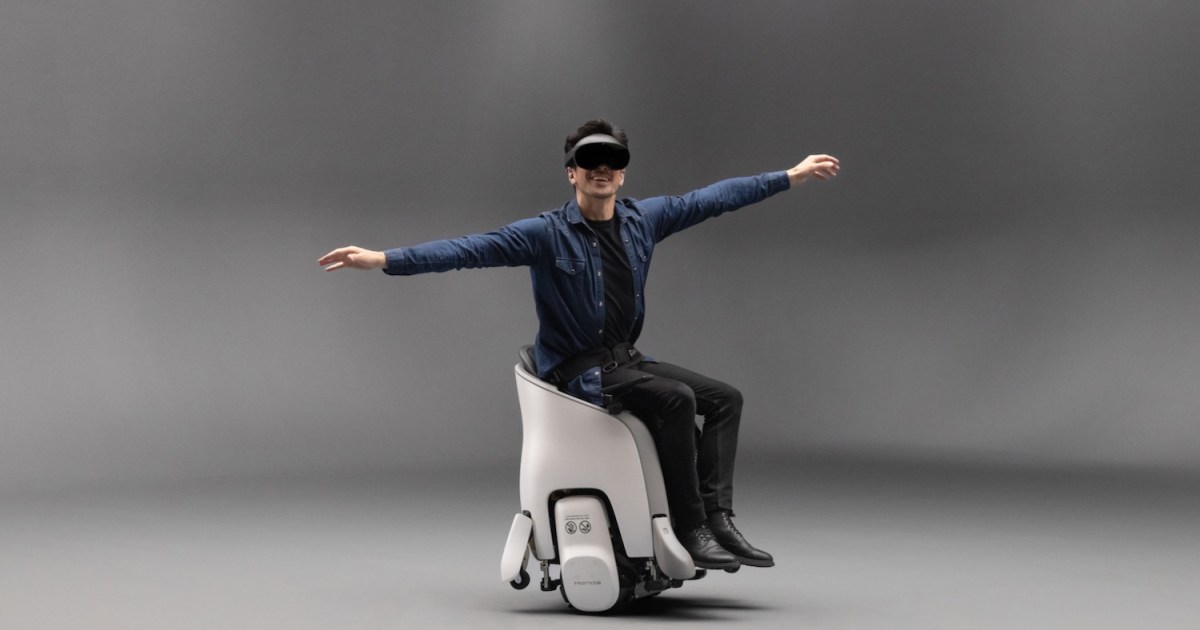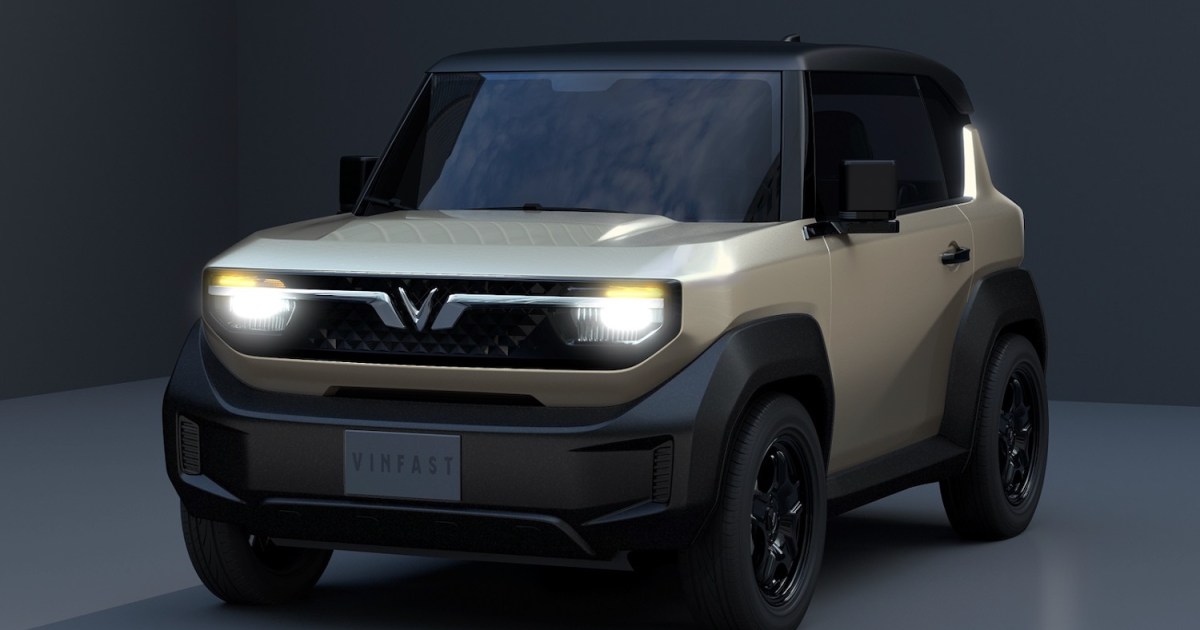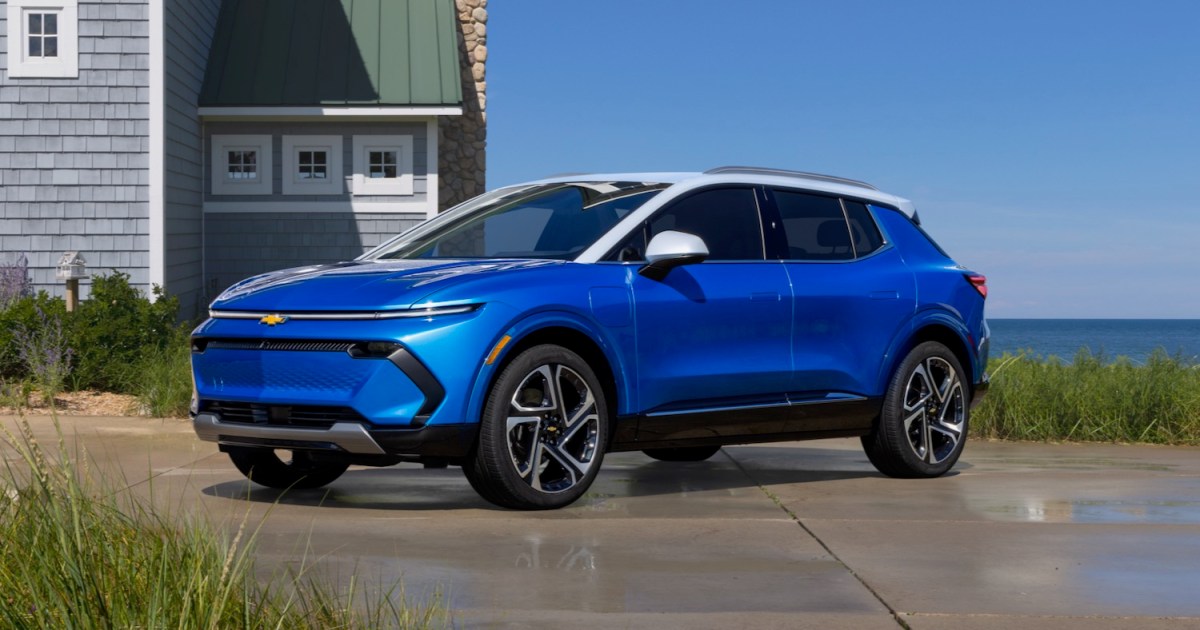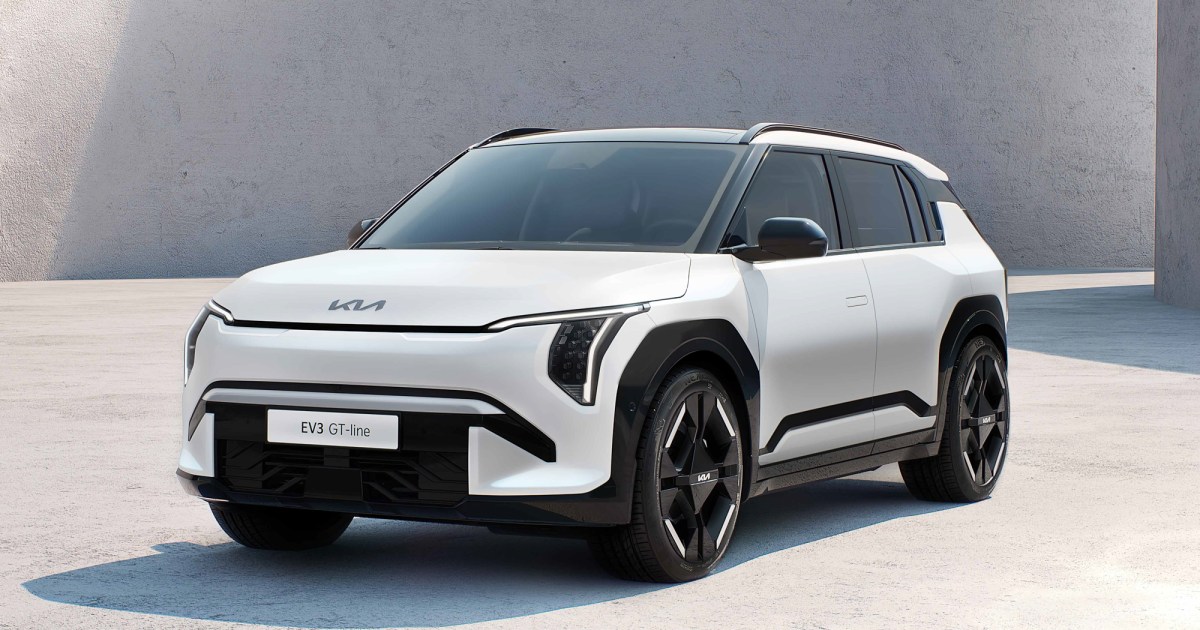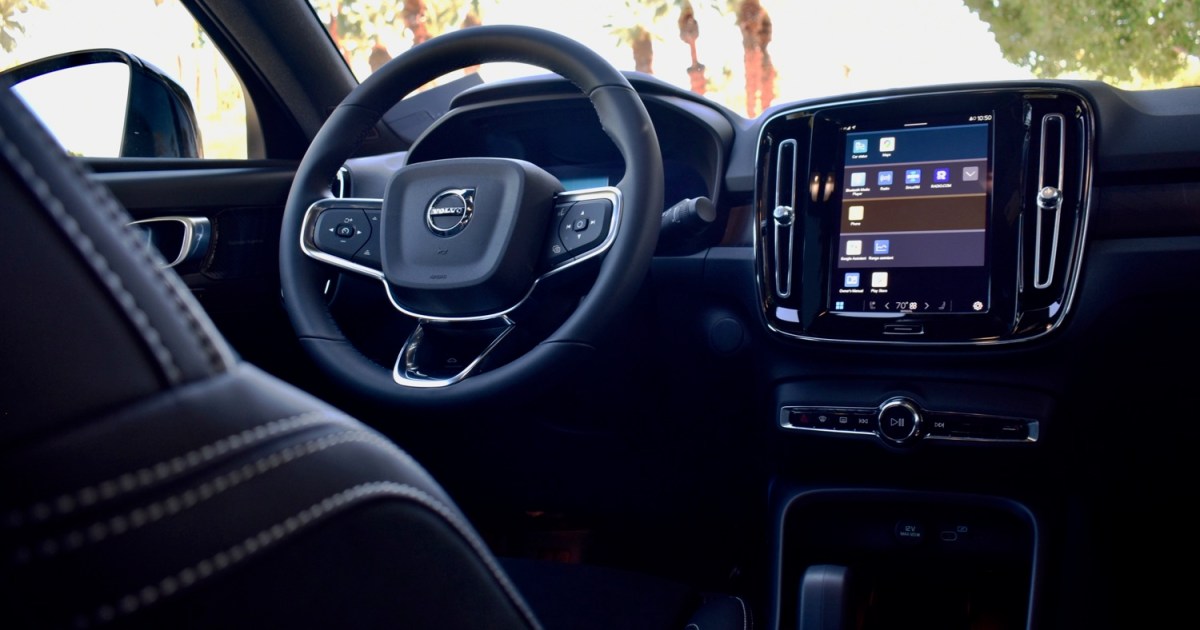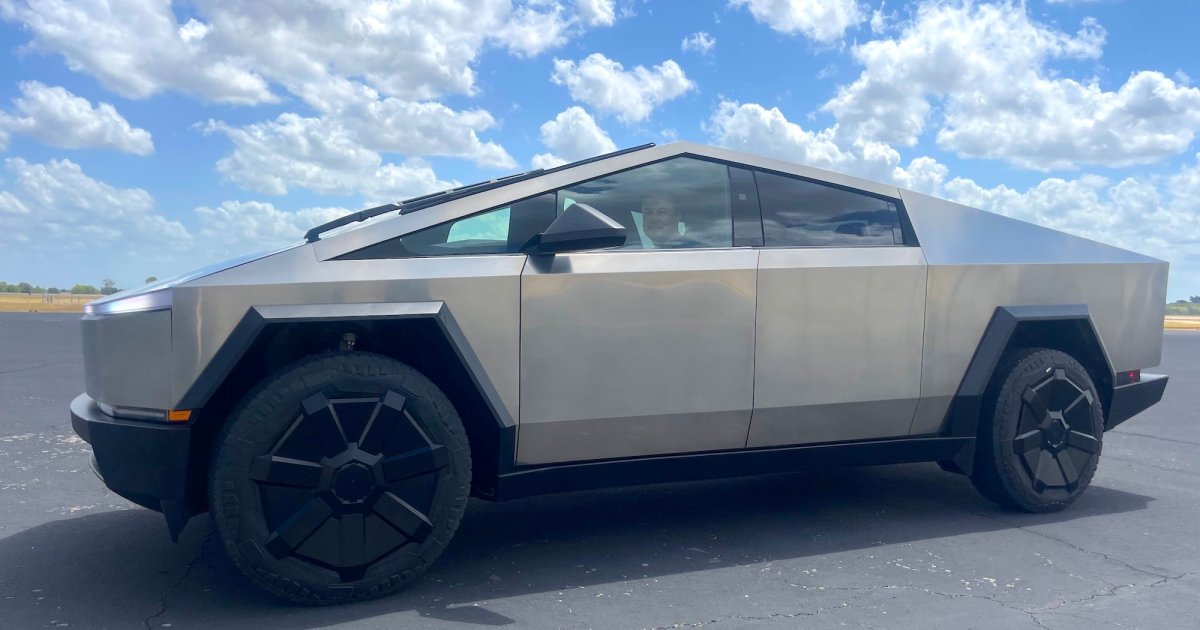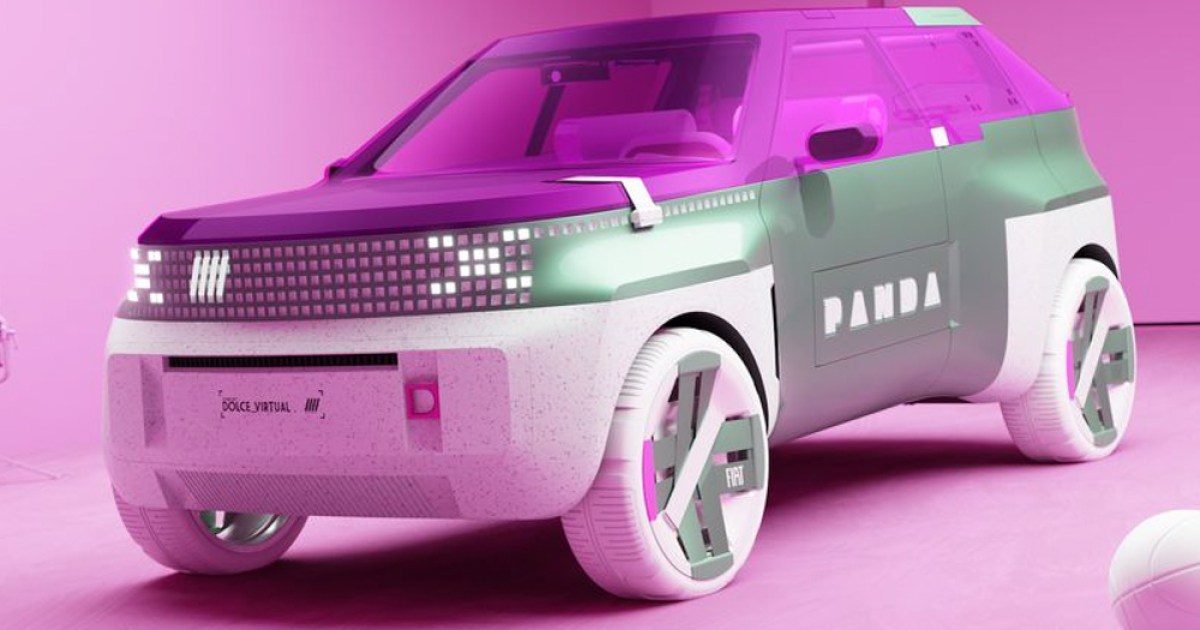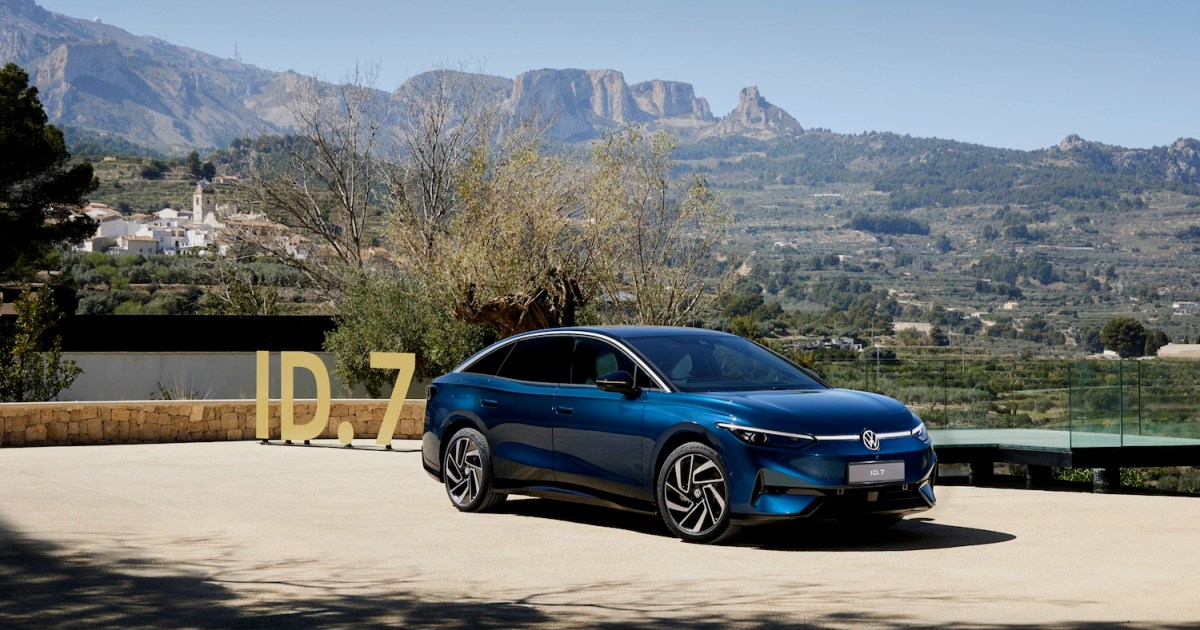The iconic Dodge Charger is embracing the electric revolution, but not without a nod to its powerful heritage. The 2024 Dodge Charger Daytona, arriving later this year, replaces the gasoline-powered Charger sedan and Challenger coupe, aiming to captivate muscle car enthusiasts with retro styling, simulated engine sounds, and a focus on performance. Interestingly, for those not ready to make the electric leap, Dodge also plans to offer a gasoline-powered version.
A Retro Design with Modern Aerodynamics
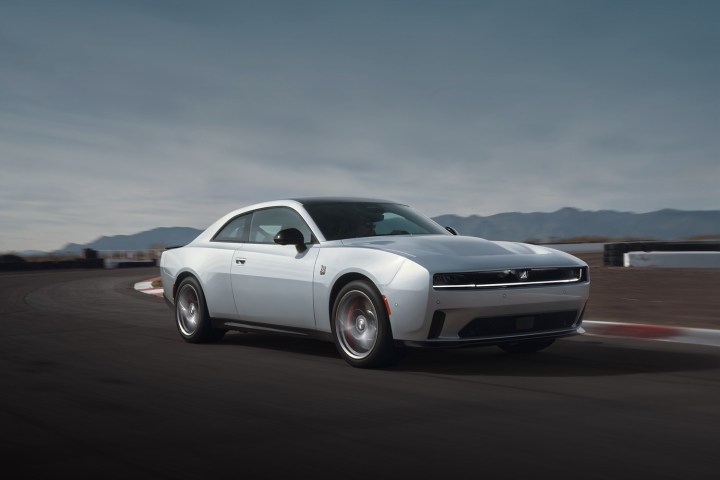
The 2024 Charger Daytona’s silhouette echoes the classic 1968 Charger, a design icon immortalized in films like Bullitt and the Fast & Furious franchise. While reminiscent of the 2022 Charger Daytona SRT concept, the production model incorporates the innovative “R-Wing,” a patented aerodynamic feature designed to channel air efficiently over the hood, a feature exclusive to the electric Daytona models. This design element pays homage to the original Charger Daytona, a NASCAR-optimized aerodynamic marvel. This new Charger launches as a coupe, filling the void left by the Challenger, with a sedan version slated for 2025. Both body styles will offer electric and gasoline powertrain options, and even the coupe boasts a practical 37.3 cubic feet of cargo space with the rear seats folded.
Performance at the Forefront
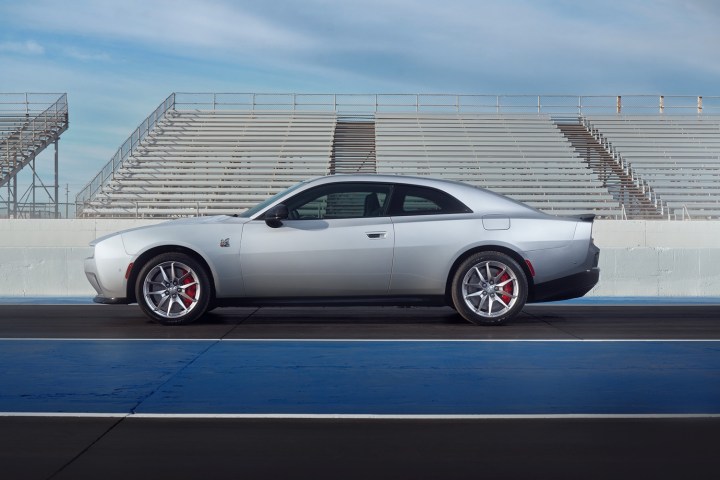
Built on Stellantis’ STLA Large EV platform, the Charger Daytona features a dual-motor all-wheel drive system available in varying power outputs. Initial configurations include the R/T and Scat Pack, with optional Direct Connection Stage 1 and Stage 2 performance upgrades, respectively. The R/T delivers 496 horsepower and 404 lb-ft of torque, while the Scat Pack boasts 670 hp and 627 lb-ft. A “PowerShot” button provides short bursts of maximum power.
Performance figures include a 0-60 mph time of 4.7 seconds and a quarter-mile time of 13.1 seconds for the R/T Stage 1, and 3.3 seconds and 11.5 seconds, respectively, for the Scat Pack Stage 2. While not groundbreaking in the EV world, a more potent SRT Banshee version is on the horizon, promising even more exhilarating performance. The STLA Large platform is reportedly capable of achieving 0-60 mph in the 2-second range.
A 3.0-liter twin-turbocharged inline-six gasoline engine, known as the “Hurricane,” will join the lineup in 2025, offering 420 hp or 550 hp, and is also slated for the Jeep Wagoneer, Grand Wagoneer, and Ram 1500.
Range and Charging Considerations
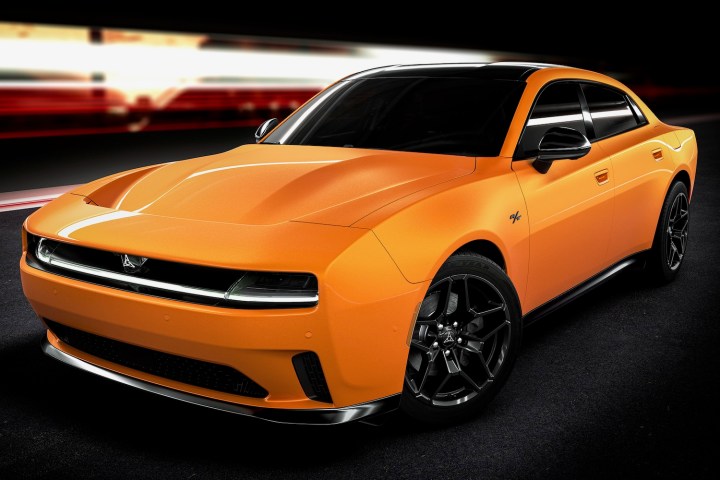
While acknowledging that muscle car buyers prioritize performance over efficiency, the Charger Daytona still offers a respectable range. The R/T boasts an estimated 317 miles, while the Scat Pack achieves 260 miles, thanks to a substantial 100.5-kilowatt-hour battery pack.
Utilizing a 400-volt electrical architecture (the Banshee will feature 800-volt), the Charger Daytona supports a maximum DC fast-charging rate of 183 kilowatts, enabling a 5% to 80% charge in approximately 32.5 minutes for both the R/T and Scat Pack. Currently employing the CCS fast-charging connector, Dodge plans to adopt the Tesla NACS connector in the future, though no specific timeline has been announced.
Tech and the Unexpected Roar
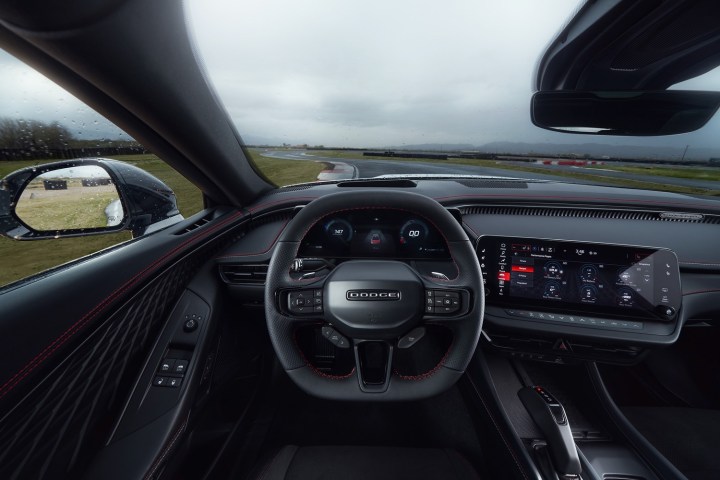
The Charger Daytona receives a tech upgrade with a standard 12.3-inch touchscreen, wireless Apple CarPlay, Android Auto, and Amazon Alexa integration. R/T models feature a 10.25-inch digital instrument cluster, while Scat Pack models upgrade to a 16.0-inch cluster. The familiar Uconnect 5 system remains, but with enhanced displays and customizable instrument cluster views.
Other notable features include a larger head-up display, digital key functionality, a Drive Experience Recorder for track sessions, and multiple drive modes, including drift and donut modes for some rear-wheel drive fun.
Perhaps the most surprising feature is the “Fratzonic” artificial exhaust system, which generates simulated engine sounds through speakers, aiming to replicate the roar of Dodge’s Hellcat V8 engines.
A Unique Approach to Electric Muscle
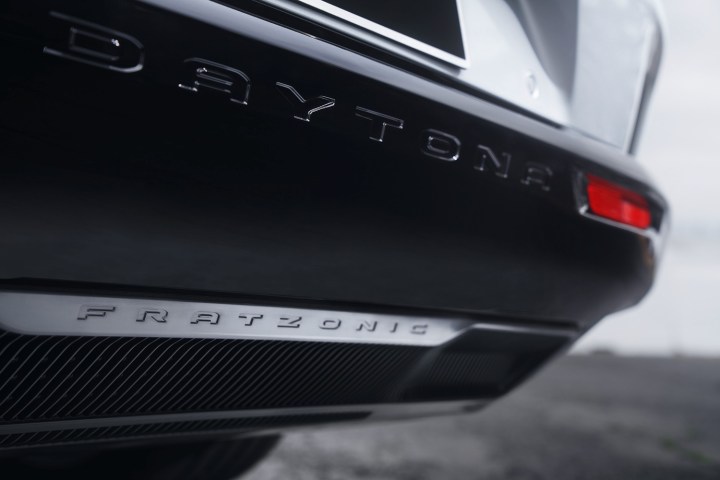
The 2024 Dodge Charger Daytona takes a distinctive approach to the electric vehicle segment, appealing to muscle car purists rather than solely focusing on EV enthusiasts. This strategy aligns with other automakers targeting non-Tesla buyers with electric versions of popular models like the Ford F-150 Lightning and GMC Hummer EV. While these trucks and SUVs represent high-volume, profitable segments, the Charger Daytona carves its own niche by offering a unique electric muscle car experience.
